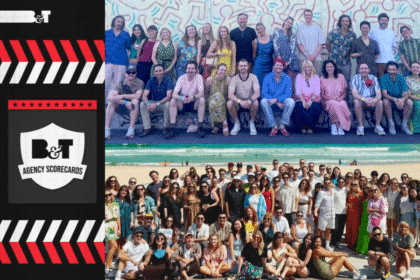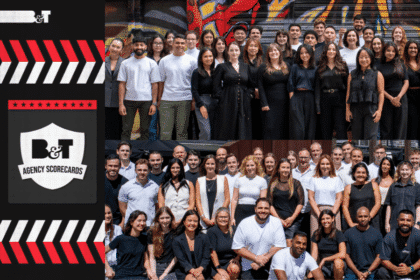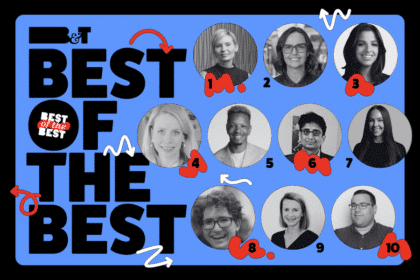In this guest post, Jordan Cullis (pictured below), country manager for the South Pacific at Milestone Systems, explains how CCTV cameras, intelligent billboards and mobile tracking all intersect to offer much smarter retail marketing.
It’s no secret that physical retail stores have been struggling for some time. Clothing brands such as Gap and Banana Republic have been closing stores all over the country, Oroton Group was placed into voluntary administration last November, and vacant tenancies stand as stark reminders that retail has undergone a quantum shift in recent times. In this light, what is the relevance of brick and mortar stores in the future? Amazon is currently one of the most significant online players, and many others are also playing the game well, so the question is whether brick and mortar stores will be outperformed by these online players in the near future.
If brick and mortar stores are to survive, they need to adapt to the threat from online stores. Online retailers know their customers very well. Whenever you shop online, there are bound to be products introduced to you based on your past transactions or browsing habits. In contrast, brick and mortar stores know very little about their customers, but it doesn’t have to be this way.
To meet these changing customer needs, retailers must focus on bringing the digital experience into the physical store. Retail’s future will depend on how physical stores can adjust to and coexist with their digital counterparts. For many retailers, one solution is right above their heads.
Video surveillance technology combined with artificial intelligence can identify age, gender and even read the mood of customers when they enter a store. In fact, the technology is already built into some modern video cameras. In an instant, shop owners can make recommendations based on what the hot-selling items are for a particular age group. With a customer’s consent, a customer loyalty program can even be set up, leveraging data from facial recognition software. By matching faces taken from real-time video with a database of previously stored images of faces, salespersons can identify and greet the shopper by name, establishing a closer connection and creating a personalised shopping experience for each individual.
Videos can also help track customer behaviour through heat mapping. This technology tracks a customer’s path through the store and what products they’re looking at, highlighting a store’s hot spots, dead areas and bottlenecks. This way, retailers can optimise their store performance by changing layouts or implementing marketing promotions for certain products.
In Australia, it is widely reported that Westfield shopping malls collect data on all who enter their premises, as are Vicinity Centres, which includes DFO and Chadstone Shopping Centre in Melbourne, as well as Chatswood Chase in Sydney.
Shopping centres such as these are already using video technology to monitor purchasing habits, as well as tracking mobile phone locations for hyper-local targeting, accessing web browsing history of those who connect to free WiFi, identifying an individual’s demographic profile and even using emotion recognition software to read mood.
The Sydney Morning Herald reported in December 2017 that advertising giant Val Morgan is rolling out facial recognition and mood analysis advertising screens that serve customised ads after scanning the face of whoever is looking at the screen.
Large retailers have been using video analytics to improve operations such as deployment of staff and product display, as well as systems to monitor footfall and how customers move around the store.
The use of video technology not only benefits the stores; it can also help guide the customers to the exact products they are interested in and divert them from products that are not relevant. The entire customer experience only improves by learning their behaviour and by combining the online experience with the physical experience. Why waste time walking into a shop, looking for a product that’s already sold out? By searching relevant information online, the shop assistant knows when the product can be delivered directly to the customer. It’s all about fusing the online experience with the physical experience and this provides the customer with renewed power.
The opportunities are endless. Beyond the basic functions of security monitoring and recording, video technology offers myriad functions that can help retail businesses further their business outcomes. From using heat mapping as a customer management tool, to using facial recognition to personalise and elevate the customer experience, video technology holds a wealth of hidden potential.









